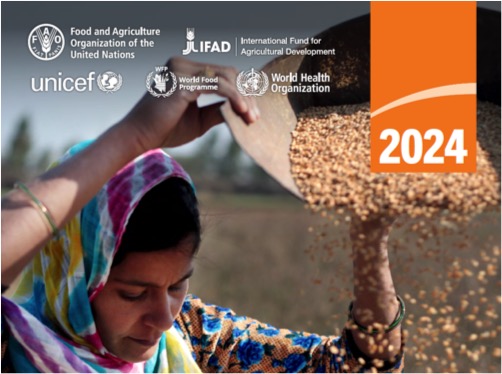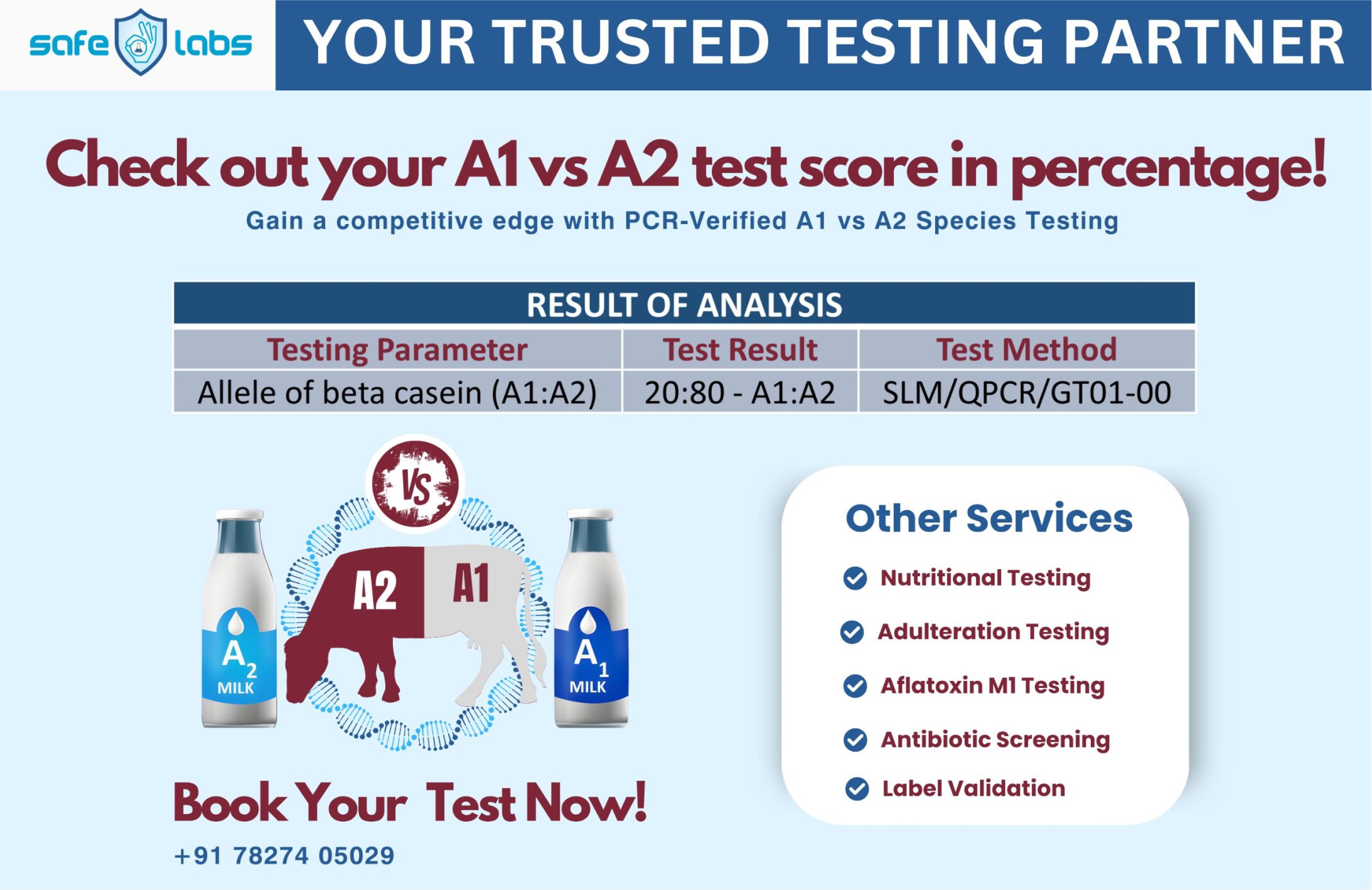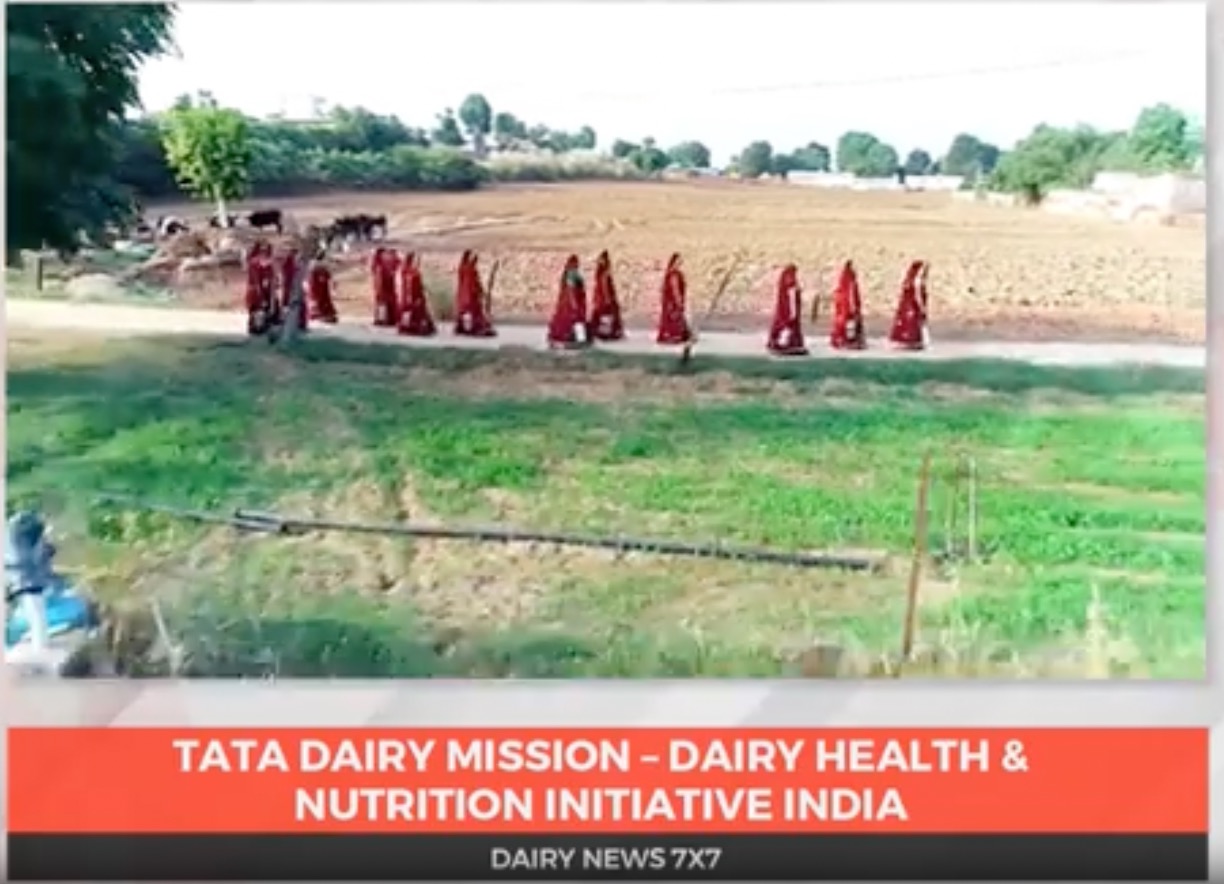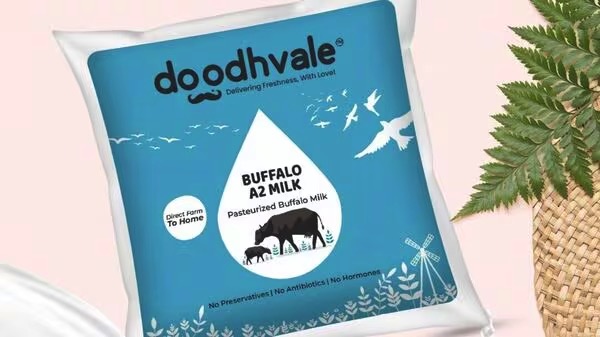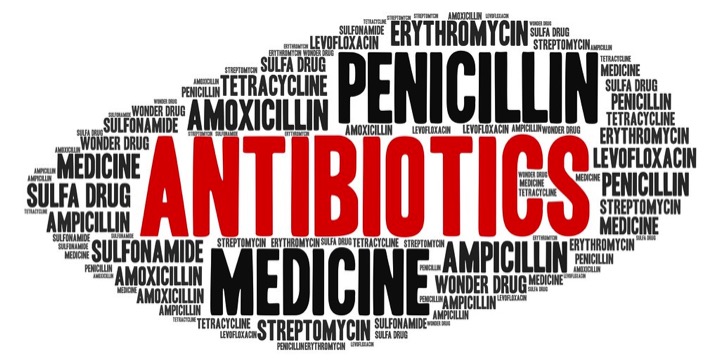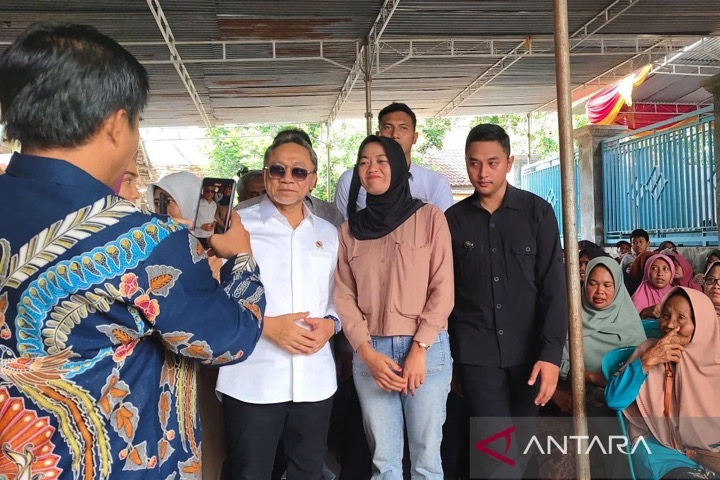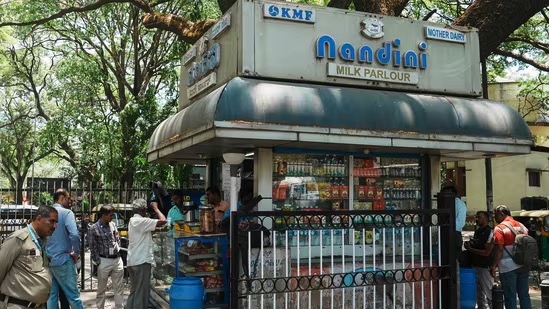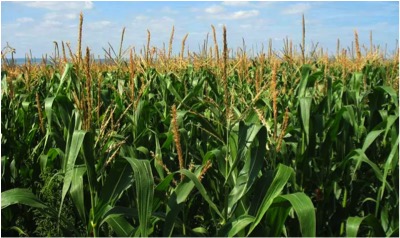Introduction to the FAO Food security report 2024
Recent years have seen a worrying rise in hunger, food insecurity, and malnutrition, pushing the world off track to meet Sustainable Development Goal (SDG) Targets 2.1 and 2.2, to end hunger, food insecurity and all forms of malnutrition by 2030. which aim to end these issues by 2030. This report highlights the intensifying drivers of food insecurity and malnutrition: conflict, climate variability and extremes, and economic slowdowns. These factors, coupled with issues like limited access to affordable healthy diets, unhealthy food environments, and persistent inequality, are increasingly frequent and severe. The combination of these elements results in a growing number of hungry and food-insecure individuals. Tackling these challenges requires diverse policies across six transformative pathways, as detailed in the 2021 report. Sufficient and equitable financing is crucial to address these challenges and meet SDG Targets 2.1 and 2.2, focusing on ending hunger, food insecurity, and malnutrition in all forms.
Additionally, the global issue of double burden of malnutrition, affecting both children and women, needs urgent attention.
The double burden of malnutrition
The double burden of malnutrition—undernutrition alongside overweight and obesity—has surged across all age and income groups. As countries develop, their dietary patterns shift from staples to a more diverse diet, including increased dairy, fish, meat, fruits, vegetables, and highly processed foods. This “nutrition transition” is driven by globalization, urbanization, and sedentary lifestyles, contributing to the rise in overweight and obesity, while undernutrition persists. Despite these changes, micronutrient deficiencies remain prevalent and often unaccounted for in double burden estimates.
From 1990 to 2022, a study by the NCD Risk Factor Collaboration found that decreases in underweight and thinness contributed to reductions in the double burden in many regions, while increases in overweight and obesity drove its rise. Among adults, underweight declined from 12.1% in 2000 to 6.6% in 2022, while obesity doubled from 7.9% to 15.9%. Similar trends were observed in children and the elderly, with obesity rates increasing significantly.
Addressing the double burden of malnutrition requires policies that tackle both undernutrition and obesity, leveraging common drivers shared by all forms of malnutrition. This approach promotes shared policies and interventions to address the complex nutritional landscape.
GLOBALLY, OBESITY RATES HAVE RISEN SHARPLY AND THINNESS AND UNDERWEIGHT HAVE DECLINED AMONG SCHOOL-AGE CHILDREN, ADOLESCENTS, ADULTS AND THE ELDERLY
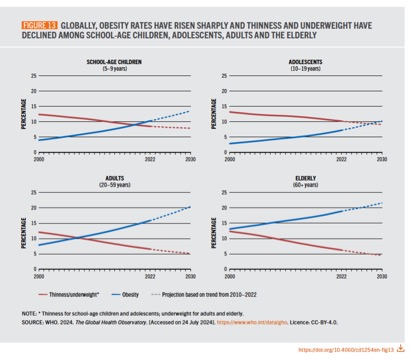
Double-Duty Actions for Infants and Young Children (<5 years)
- Promote and support breastfeeding.
- Encourage optimal complementary feeding with nutrient-dense animal source foods, fruits, vegetables, nuts, pulses, and seeds, while avoiding high-sugar, high-salt, and high-fat foods.
- Train primary health care workers for double-duty nutrition counseling.
- Address overweight and obesity risks in growth monitoring.
- Ensure proper management of moderate and severe wasting with appropriate foods and supplements.
Double-Duty Actions for School-Age Children (5–9 years) and Adolescents (10–19 years)
- Redesign school-feeding programs to provide healthy diets and establish guidelines for food around schools.
- Create supportive school environments for healthy eating and integrate nutrition education into the curriculum.
- Use innovative communication tools to promote healthy diets among youth.
- Provide iron and folic acid supplementation for adolescent girls in areas with high anemia prevalence.
Double-Duty Actions for Pregnant Women
- Implement WHO antenatal care recommendations, focusing on healthy eating and physical activity.
- Monitor protein and energy supplements to prevent excessive weight gain during pregnancy.
- Provide cash or food vouchers to improve maternal diets and monitor gestational weight gain.
- Ensure iron and folic acid supplementation during pregnancy.
Double-Duty Actions for All Groups
- Enhance social protection programs to improve nutrition, offering subsidies or vouchers for nutritious foods.
- Promote nutrition-sensitive agriculture programs to increase food diversity, especially in remote areas.
- Align agrifood systems to make nutritious foods accessible to all, particularly vulnerable populations.
- Transform food environments by eliminating misleading promotion of breastmilk substitutes and regulating the marketing of unhealthy foods.
- Incentivize food producers to improve food quality by reformulating unhealthy foods and fortifying staples with essential vitamins and minerals.


